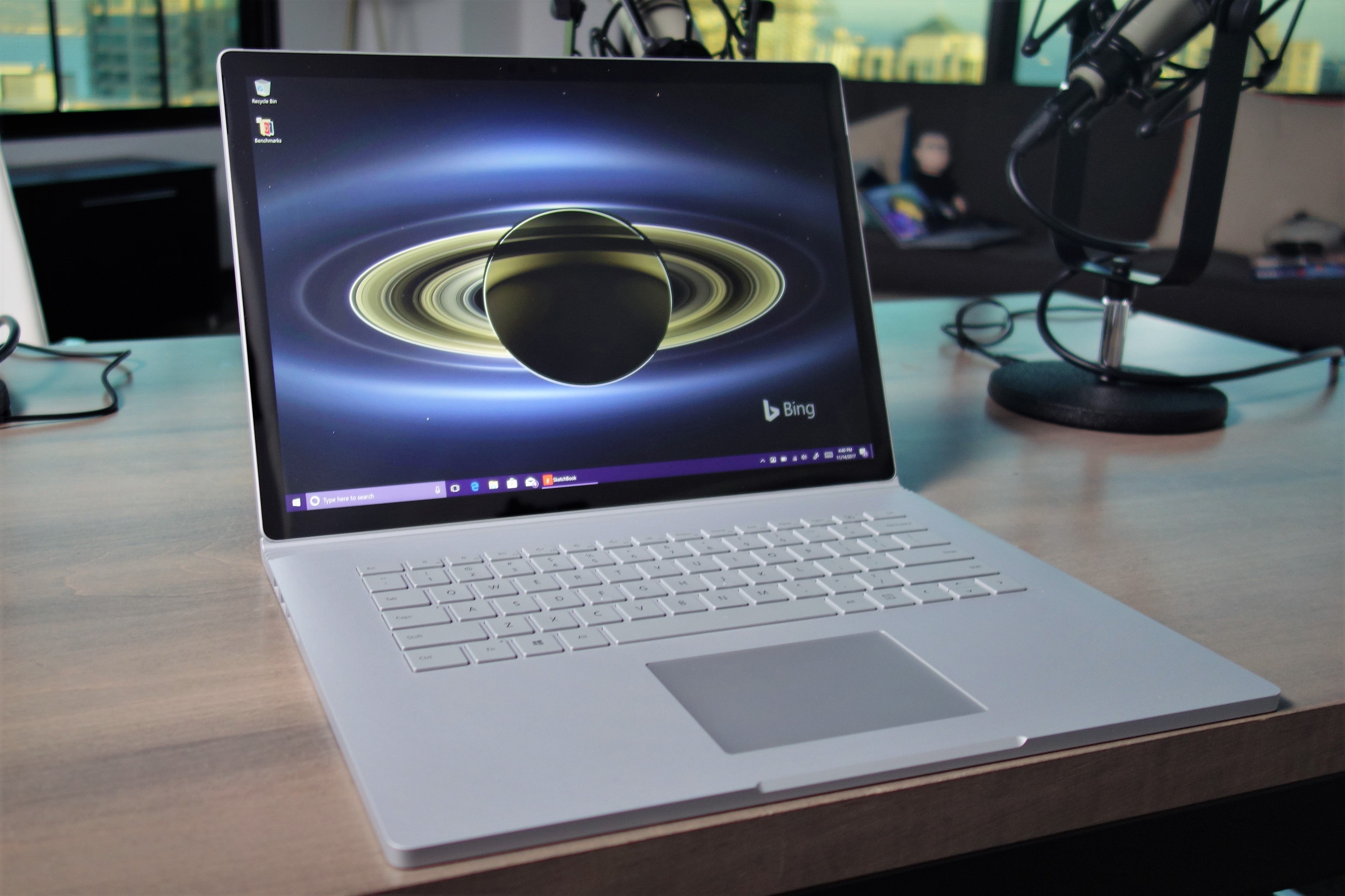

Plus, I like that the hinge - along with the silver (but not glowing) Microsoft logo on the back - give the Surface Book a distinctive and recognizable profile. It helps the device from automatically tipping over when opened, as it extends the device's footprint gradually. Unlike some, I like the Surface Book's snake-like hinge.

(The full list of tech specs for the Surface Book are here.) The track pad is actually usable, especially if you are using Microsoft's Edge browser in Windows 10, where scrolling is incredibly fluid. The 13.5-inch screen, with 3000 X 2000 resolution, makes everything pop. The keys are well-spaced and it's comfortable and fast for those of us who live to type and type to live. On the plus side, the Surface Book is a really beautiful device. Since then, I've been putting this thing through its paces, using it at home, carrying it around town and even using it surreptitiously in a few of my local haunts (as the photos in this post, all taken with my Lumia Icon phone, indicate). (I did not test-drive any of the Surface Book models with the NVIDIA GPU, nor did I have a Surface Pro 4 loaner to compare/contrast.) The model I received isn't one that's actually available for purchase: It's got a "Skylake" 6th-generation Intel Core i5 processor, 8 GB of RAM and 256 GB of storage, so it's pretty close to the $1,700 version of the Surface Book that Microsoft is selling. I received a pre-production loaner device from Microsoft on October 7. I have had a chance to use the Surface Book for the past two weeks. So is Microsoft's "ultimate" laptop, the brand-new Surface Book which goes on sale on October 26, my Windows dream machine? (Sadly, I didn't attempt to trademark that.) In fact, two years ago, I called for Microsoft to bring out a "Surface Book." For a while now, I've been hoping against hope that Microsoft would build a real laptop.


 0 kommentar(er)
0 kommentar(er)
